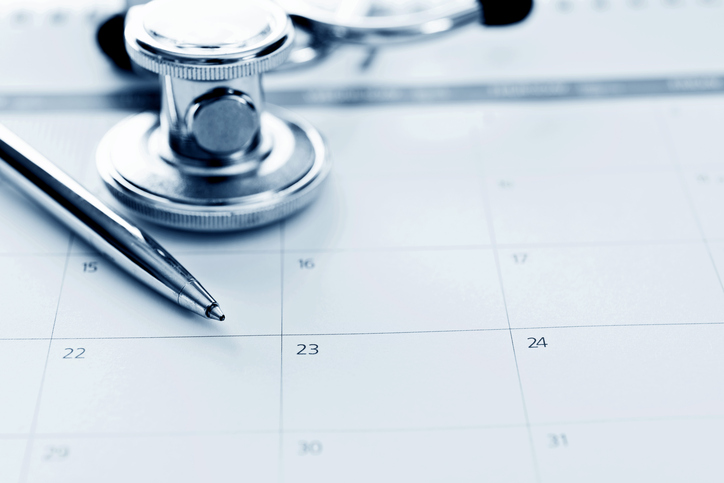Hospital emergency departments are places where long waits, overcrowding and unpredictability are part of every day. But what if smart use of data could make them at least a little more predictable and more efficient?
As a former consultant, Mudit Garg spent a lot of time in hospitals, trying to help them improve work flow in the emergency room. He observed what he considered to be lots of inefficiencies. First, there were many factors affecting work flow that were out of the hospital’s control, and there was no real-time feedback about how many people had come through the ER that day, how quickly they had been seen, or other measures of efficiency.
“So many people in the ER had ideas, but no one was using them to improve flow,” he said.

With the Rise of AI, What IP Disputes in Healthcare Are Likely to Emerge?
Munck Wilson Mandala Partner Greg Howison shared his perspective on some of the legal ramifications around AI, IP, connected devices and the data they generate, in response to emailed questions.
So when he went back to school to get his MBA at Stanford University, Garg kept in mind some of the feedback he’d heard on the ER floor and leveraged his own background in engineering to begin working on a solution that would provide real-time insights to help frontline ER staff improve efficiency and quality of care.
In 2011, he and two other co-founders officially created a company around the solution called analyticsMD. The idea for its first application is that emergency rooms could be more efficient if staff had a better idea of what to expect, and had more immediate feedback on what was actually happening inside the emergency department.
Garg said that the cloud-based solution monitors and analyzes ER operations in real time, and accumulates data over time for comparison. And, when staff try new mechanisms for improving work flow, they can get a more immediate sense of whether those strategies are actually working.
A second part does something more unique, though, by giving emergency departments a better way to prepare for what’s coming. It does that by combining historical patterns captured in that data with other variables that are known to affect ER work flow in a certain area — like weather, flu trends, local events and Internet searches — to project when an influx of patients might show up.
Garg gave the example that in one of the hospitals that’s tested the software, the emergency department was less busy on holidays but more busy the day after a holiday. In another ER located in a low-income area, the volume of patients presenting peaked during a certain period of time after government assistance checks came out.
analyticsMD’s platform doesn’t require staff members to collect any more data than they already are, and the analyses can be reviewed during shift huddles so as not to disrupt work flow, Garg said. So far, the team has completed the StartX accelerator program and has worked with a few hospitals, and has found success with the measurement systems. Now the company wants to continue building out the predictive analytics portion of the platform, which has also delivered some promising early data in tests.
“We want to work with hospitals that are innovating on the operation side,” Garg said.














